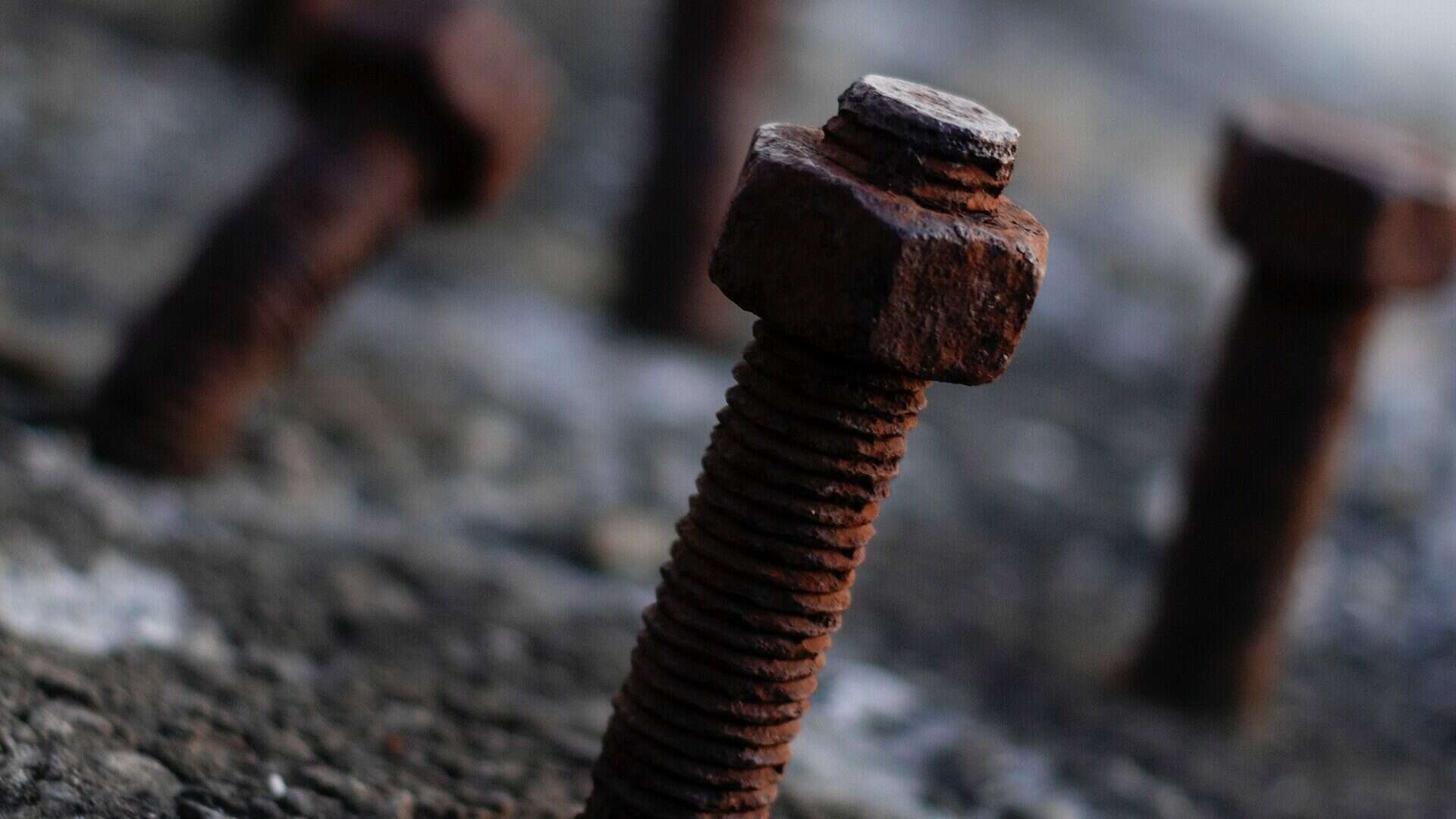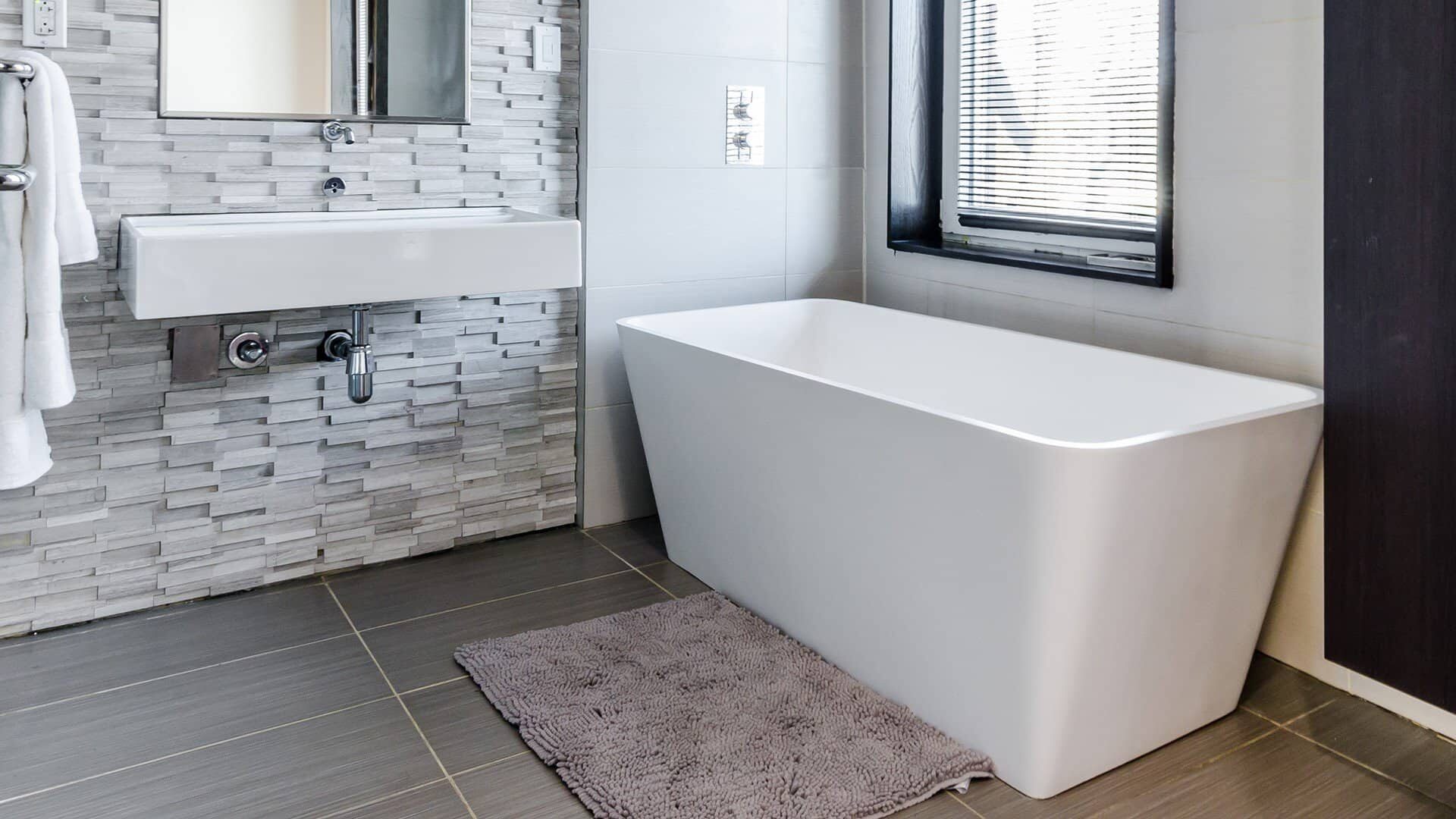Rust is a common problem for tools. Over time, the metal will start to corrode and the tool will become unusable. In this article, we will be discussing how to remove rust from tools. There are a number of methods that can be used, depending on the severity of the rust and the type of tool. We will discuss five different methods: baking soda, sandpaper, oxalic acid, vinegar and salt, and Coke. Finally, we will talk about how to prevent rust on tools in order to keep them in good condition for longer!
Table of Contents
What is Rust?
Rust is a type of corrosion that affects metal. It is caused by the reaction of metal and oxygen in the presence of water or moisture. Over time, this reaction will cause the metal to break down and flake away. Rust can occur on many types of metal, but it is most common on iron and steel.
Rust can be superficial, meaning it only affects the surface of the metal, or it can be deep, meaning it goes below the surface.
Superficial rust is often more cosmetic than anything else and can be removed without causing any damage to the metal.
Deep rust, on the other hand, can penetrate through the metal and cause structural damage. In this case, it is often best to replace the metal entirely.
How Does Rust Form?
Usually, rust occurs gradually, over time. However, it can also happen very quickly if the conditions are right. For example, if a tool is left outside in the rain or stored in a damp garage, it will rust much faster than if it was kept in a dry place.
Rust can occur in a number of ways:
- Metal touching the ground or another object that is already rusty
- Water (from rain, melting snow, etc.) coming into contact with the metal
- High humidity in the air
How to Remove Rust from Tools
There are a number of ways to remove rust from tools. The best method to use will depend on the severity of the rust, the type of tool, or what you may have available on hand.
Method 1: How to Remove Rust with Sandpaper?
If the rust is only superficial, you may be able to remove it with sandpaper. Start with a coarse grit sandpaper and work your way up to a finer one. Be sure to sand in the same direction as the grain of the metal. If you sand too aggressively, you may end up damaging the metal.
The steps for removing rust with sandpaper:
- Start with a coarse grit sandpaper (60-80).
- Sand in the same direction as the grain of the metal.
- Work your way up to a finer grit sandpaper (100-120).
- Wipe away the dust with a cloth.
- Repeat as necessary until the rust is gone.
- If the rust is more severe or remains, you may need to use a chemical rust remover.
Method 2: How to Remove Rust with Oxalic Acid?
Oxalic acid is a common ingredient in chemical rust removers. It can be found in hardware stores or online. Be sure to work in a ventilated area and wear rubber gloves and safety goggles when using this method.
You would want to use oxalic acid when:
- The rust is more severe and other methods won’t do the trick.
- You are trying to remove rust from a delicate object (oxalic acid is less likely to damage the object than sandpaper).
The steps for removing rust with oxalic acid:
- Soak a cloth in the oxalic acid.
- Wring out the cloth so it is damp, not wet.
- Rub the cloth on the rust spots.
- Let the acid sit for a few minutes.
- Rinse the area with water.
- Dry the area with a clean cloth.
- Repeat as necessary.
For smaller objects:
- Fill a container with enough oxalic acid to submerge the object.
- Let the object soak for about 20 minutes.
- Remove the object and rinse it off with water.
- Dry the object with a clean cloth.
Avoid getting oxalic acid on your skin, as it can cause irritation. If you do get it on your skin, wash it off immediately with soap and water.
Method 3: How to Remove Rust with Baking Soda?
Baking soda is a gentle abrasive that can be used to remove rust. It is also non-toxic, making it a safer option than some chemical rust removers.
The steps for removing rust with baking soda:
- Make a paste of baking soda and water in a one-to-one ratio.
- Apply the paste to the rust spots with a cloth.
- Let the paste sit for a few hours.
- Use a toothbrush or other brush to scrub away the rust.
- Rinse the area with water.
- Dry the area with a clean cloth.
- Repeat as necessary.
Method 4: How to Remove Rust with Vinegar and Salt?
Vinegar is a weak acid that can dissolve rust. When combined with salt, it makes an even more effective rust remover.
The steps for removing rust with vinegar and salt:
- Place the tool in a large container.
- Use 1 /4 cup salt for every 4 cups of white vinegar.
- Pour enough vinegar into the container and sprinkle the salt over the rust.
- Tools that are too big to fit in a container may be wrapped in a damp cloth with vinegar and salt, then placed in a plastic bag.
- Let the tool sit in the vinegar and salt solution for 12 to 72 hours. Check the tool regularly to see if the rust has dissolved.
- After the rust has softened, clean the surface using a metal brush or steel wool.
- Rinse the tool off with water.
- Dry the tool with a clean cloth.
- If necessary, repeat the process.
Method 5: How to Remove Rust with Coca-Cola (Coke)?
The acidity in Coca-Cola makes it effective at removing rust. Just be sure to rinse the area well after using this method, as you don’t want to leave sugar on your tools.
The steps for removing rust with Coca-Cola:
- Soak a cloth in Coca-Cola.
- Rub the cloth on the rust spots.
- Let the Coke sit for 24 hours.
- Rinse the area with water.
- Dry the area with a clean cloth.
- Repeat as necessary.
For smaller objects:
- Fill a container with enough Coca-Cola to submerge the object.
- Let the object soak for about 20 minutes to 24 hours.
- Remove the object and rinse it off with water.
- Dry the object with a clean cloth.
How to Prevent Rust from Forming in the Future
There are a few things you can do to prevent rust from forming in the future:
- Keep your tools clean and dry. After using them, wipe them down with a clean cloth.
- Store your tools in a dry place. If they will be stored outside, cover them with a tarp or put them in a shed.
- Apply a thin layer of oil or WD-40 to your tools. This will create a barrier between the metal and the air, which will prevent rust from forming.
- If your tools are already rusty, apply a rust inhibitor. This will help to slow down the rusting process.
You can also buy tools that are made of rust-resistant materials, such as stainless steel or aluminum. These tools will be more expensive, but they will last longer and require less maintenance.
Also be aware of rust on power tools, as this can be a safety hazard. If you see rust on any of your tools, take the time to clean and remove it. This will help to keep your tools in good condition and prevent accidents.
If you follow these tips, your tools should stay rust-free for many years to come.





